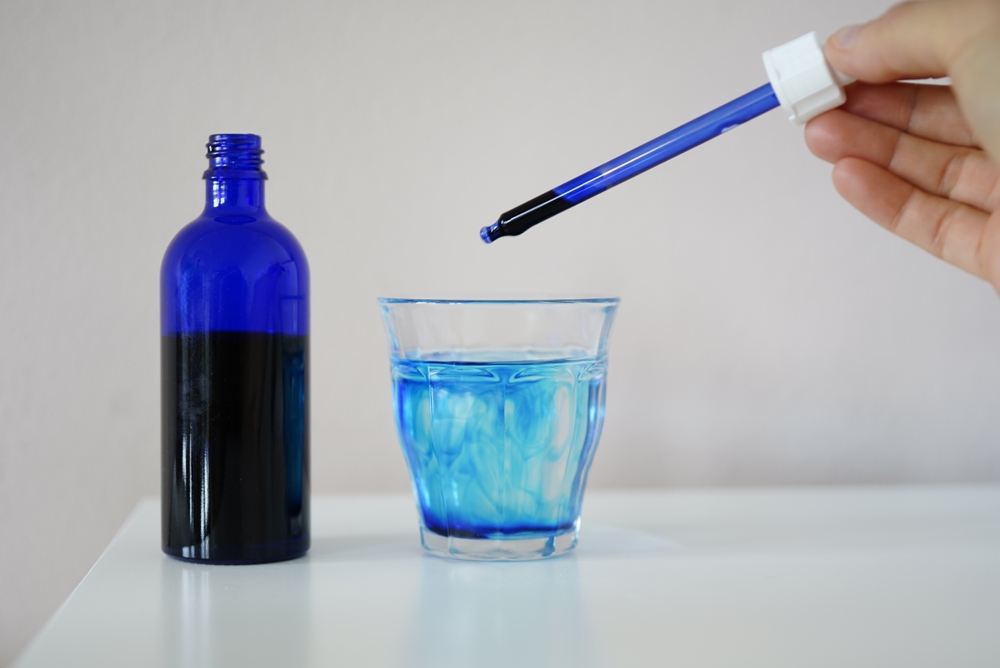Once a simple medical dye, methylene blue is now emerging as a possible key to better brain health. Originally developed in the late 19th century, this compound has traveled an unexpected path from industrial dye to medical treatment. With recent research highlighting its potential to support cognitive function and neurological health, scientists are revisiting its properties with fresh curiosity.
Historical uses and medical applications
Methylene blue has a long-standing place in medical history. It was one of the first synthetic drugs used to treat infections and played a role in early malaria treatments. Over time, its medical applications expanded, leading to its FDA approval for treating methemoglobinemia, a condition that affects how oxygen is carried in the blood.
Beyond this recognized use, methylene blue has shown promise in other areas. It has been studied for its antimicrobial properties and potential benefits in various medical conditions, ranging from infections to neurodegenerative diseases. The compound’s versatility has kept it relevant in scientific discussions for over a century.
How it affects brain function
One of the most intriguing aspects of methylene blue is its impact on cellular function, particularly within the mitochondria. These tiny structures act as the energy centers of cells, and their efficiency is critical for brain health. Research suggests that methylene blue enhances mitochondrial activity, potentially leading to improved cognitive performance.
Its ability to cross the blood-brain barrier makes it particularly interesting for neurological applications. This means it can directly affect brain tissue, unlike many other compounds that struggle to reach the central nervous system. By supporting energy production and reducing oxidative stress, methylene blue may help protect brain cells from age-related decline.
The science behind the potential benefits
While much of the research on methylene blue remains in early stages, initial studies show encouraging results. Some evidence suggests it may help improve memory retention and cognitive function, especially in aging populations. Scientists are also exploring its possible role in conditions like Alzheimer’s disease, Parkinson’s disease, and traumatic brain injury.
Additionally, methylene blue has antioxidant properties, meaning it helps neutralize harmful free radicals that contribute to cellular damage. Since oxidative stress is a key factor in brain aging, researchers believe this compound may play a role in slowing cognitive decline. However, much of the existing research comes from laboratory and animal studies, and more human trials are needed to confirm these effects.
Safety, dosage, and concerns
Despite its growing popularity, methylene blue is not a substance to be taken casually. Different grades of the compound exist, and only pharmaceutical-quality versions are suitable for medical or supplemental use. Industrial-grade methylene blue, used for dyeing textiles and other non-medical purposes, contains impurities that can be harmful.
Dosage is another important factor. At appropriate levels, methylene blue has been shown to support brain function, but at higher doses, it may cause toxicity. Potential interactions with medications, particularly antidepressants, are another concern, as it can influence serotonin levels in the brain. Consulting a healthcare professional before considering its use is crucial to avoid unintended side effects.
The future of methylene blue in medicine
As scientific interest in cognitive health grows, methylene blue remains a topic of ongoing research. Its potential applications extend beyond brain health to include general cellular protection and metabolic support. The increasing focus on neuroprotection and anti-aging strategies suggests that this compound could play a role in future treatments.
While methylene blue’s full potential is still being explored, it serves as an example of how older medical compounds can find new relevance. If research continues to support its benefits, it may become an important tool in preserving brain function and reducing cognitive decline. However, for now, careful consideration and expert guidance are necessary before incorporating it into any health regimen.














